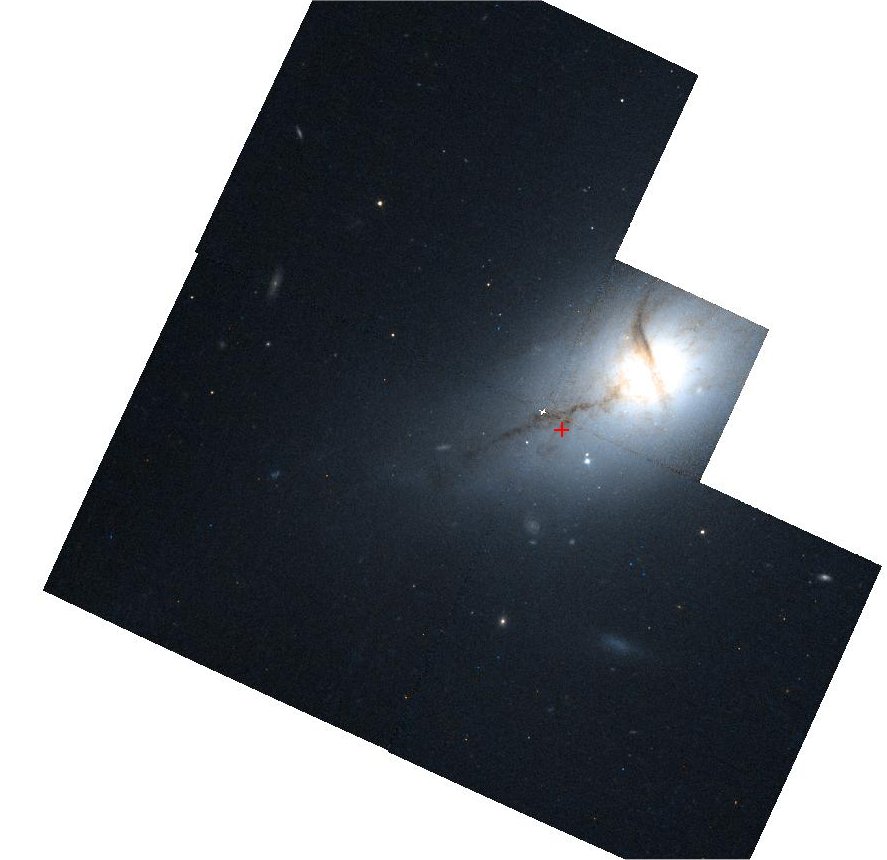February 2017 - Galaxy of the Month
NGC 3801 Group in Leo
Writing the galaxy of the month article is always a challenge, especially coming up with new targets so I am grateful this month for the suggestion from Andrew Robertson to have the small group of galaxies associated with NGC 3801 as the challenge.
The group has quite a chequered discovery history, and the usual naming challenges. The brightest galaxy in the group is NGC 3801 and it was discovered by William Herschel, along with NGC 3790. Even the NGC sleuths seem to disagree about who discovered NGC 3806. This could have been either William Herschel or, more probably, John Herschel.
Although NGC 3806 was bright enough to be seen by William at the time he was using his 18.7” reflector in Newtonian mode rather than in front view mode and Wolfgang Steinicke suggests the extra light loss may have contributed to him not seeing it.
Some confusion has also reined over NGC 3806 being numbered as NGC 3807 but this is actually a star seen by the team at Birr. They did however discover the other two galaxies in the field, NGC 3802 and NGC 3803. Some software, for instance Megastar 5, still plots NGC 3806 as NGC 3807.
The group is regarded as a physical system, or at least some of them are, and have been given the designation WBL 347, which lists 5 galaxies in the group. The group is also in the LGG catalogue as number 246, which lists 17 galaxies in the group, an interesting discrepancy. If this is true it would mean that this little group of galaxies covers over 3 degrees on the sky as the LGG survey also includes NGC 3800 and 3853 along with NGC 3768 as part of the group.
NGC 3801 is classified as a S0 (lenticular galaxy) but as the attached Hubble image shows it has some very strange dust clouds in it which would be unusual for a S0 galaxy including one at right angles to the main axis.

All of this suggests some form of interaction/merger, indeed in the UV NGC 3801 shows an intriguing S shape which suggests the merger hypothesis is the more likely. This is also borne out by looking closely at the SDSS image which shows evidence for shells or streams about the galaxy. It also has a radio jet and this is suggestive of an AGN.
The SkyTools chart attached also does not mark NGC 3803, it is the fuzzy galaxy above NGC 3802. It is regarded as too faint to mark at this scale.
Most of the galaxies here are regarded as lenticulars except for NGC 3806 which is a face on spiral.
Interestingly none of these galaxies appear in Night Sky Observers' Guide (NSOG) or other popular resources, although it is in the AL Galaxy groups and clusters list.
Owen Brazell - Galaxy Section Director
We've received some excellent observations of this group of galaxies already!